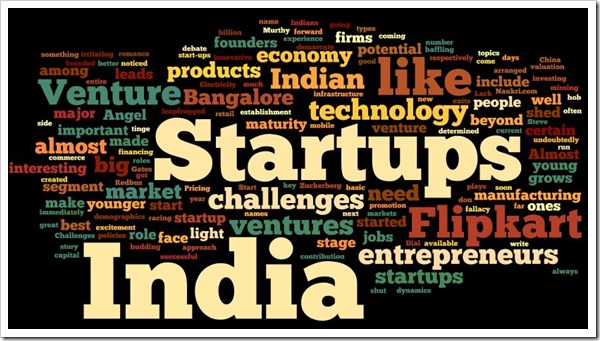The Dawn Of Zombie Unicorns: A Painful Future Awaits Indian Startups?
Venture funders are aware of the concerns looming over many Indian unicorns, which has resulted in a lesser desire for late-stage investment agreements.

According to Abhay Pandey, General Partner of A91 Partners, less than half of the 107 Indian unicorns will earn money for their investors. The statement comes when late-stage private equity and venture capital deals decline. Many of these firms will become tiny copies of themselves, others will become zombies, and some will have a business plan that works for the founders but not for the investors.

Pandey went on to say that while many organizations promise to break even in the next year or two, they fail to recognize that breakeven is not the final aim. Breakeven is still zero; one must start from there to develop genuine margins, profits, and cash flows, which is a long road ahead. According to Pandey, it is also evident for growth-stage investors.
Unfortunately, it may be too delayed for many of these firms since they have grown into massive, complex organizations that are difficult to turn around. According to Pandey, venture funders are aware of the concerns looming over many Indian unicorns, which has resulted in a lesser desire for late-stage investment agreements. To be sure, firms in the growth to late stage received $2.75 billion in investment over 105 deals in the first five months of 2023, compared to a five-month average of $8.9 billion across 189 late and growth-stage deals in 2022.
For example, recently last month, many Indian start-ups got their valuation slashed to substantial levels by their investors. To name some famous one includes BYJY, Swiggy, Ola, etc. In other cases, the trend of late-stage investing is on the rise, where investors first analyze whether the start-up is making profit margins and then palace their funds in the business. This is a complete 180 degrees shift from 2020-2021 trends of early-stage investing.

According to the VC, the drop in such agreements might be due in part to the fact that many firms acquired large sums of cash during the financing boom in 2021 and may no longer require funds. However, many companies are also unable to raise funds at their desired valuation, so they are postponing any planned fundraisers.
Moreover, garnering money from investors and the public on the basis of over-valuation is also gone. There are fears that valuations in India are already too high, especially when firms’ business models rely on discounts and revenue forecasts are grim. Now the founders need to be very much aware of the valuation they are displaying. Otherwise, finfluencers on social media will burst their over-valuation plans, as happened in the case of Mamaearth IPO.
Well, so much about zombie unicorns, but what are they?
Zombie unicorns are unicorns that lack a viable business plan and hence stop developing but also refuse to shut down, ultimately becoming obsolete. These are the companies that have become unicorns but lack business strategies and have ceased hiring; they are not dying, but they will become useless.
Meesho-The case study of a zombie unicorn.
In 2015, the to-be-unicorn emerged as a social commerce platform, and by 2021, it had become the industry’s poster boy, with a $4.9 billion value. However, with a shift in strategy, huge cash burn, no profit in sight, and increased competition from large players—Flipkart and Amazon—Meesho, which is looking to raise financing, is finding it difficult to answer tough questions from investors.
The unicorn’s strategies are shifting from social commerce to B2C, multinational expansion to small-town grocery, and zero-commission to ad-monetization. It just cannot spend its way out of this mess. Not now, when it is encircled by deep-pocketed, laser-focused rivals capable of outspending Meesho at every turn. It’s frightening how, after spending more than half a billion dollars in a pair of years, Meesho is suddenly back at the beginning line.

Conclusion.
It is no small achievement for India to have produced its first unicorn in 2011 and to have completed a century of start-ups and unicorns valued at a billion dollars or more in less than a decade. However, the days of easy money appear to be a talk of the past, and founders must demonstrate a clear route to profitability to get funds for their operations on the wheel.
Proofread & Published By Naveenika Chauhan




